
Daucus carota (wild carrot) Go Botany
Sow seeds with a very thin layer of covering material (compost or peat). Keep soils surface moist to prevent crusting. Germination typically takes up to 14 days in 60 degree temperature soils. Provide consistent moisture. When seedlings rise to 1-2" tall, thin them to 1 1/2-3" apart. Harvest in 2-3 months. Leave carrots in the soil until needed.

Daucus carota (Carrots) Plantinfo
Biennial, rarely annual; root fusiform, commonly whitish; stem 25-100 cm high, furrowed, simple or branching above, like leaves scabrous-hairy (rarely subglabrous); leaves triangular, ovate, or oblong, 14-20 cm long, 4-6 cm wide, 2-4-pinnate, lower with more or less long petioles, upper sessile on oblong sheath with white-scarious margin; lobules of last order ovate or oblong, obtuse.

Daucus carota L. Préservons la Nature
Daucus carota subspecies sativus is cultivated as an annual across much of the temperate and tropical world for its edible, orange storage roots. Carrot is a major root vegetable for human consumption, and also an important fodder crop, with world production of over 20 million megatons. Carrots are eaten raw in salads; cooked in soups, stir.
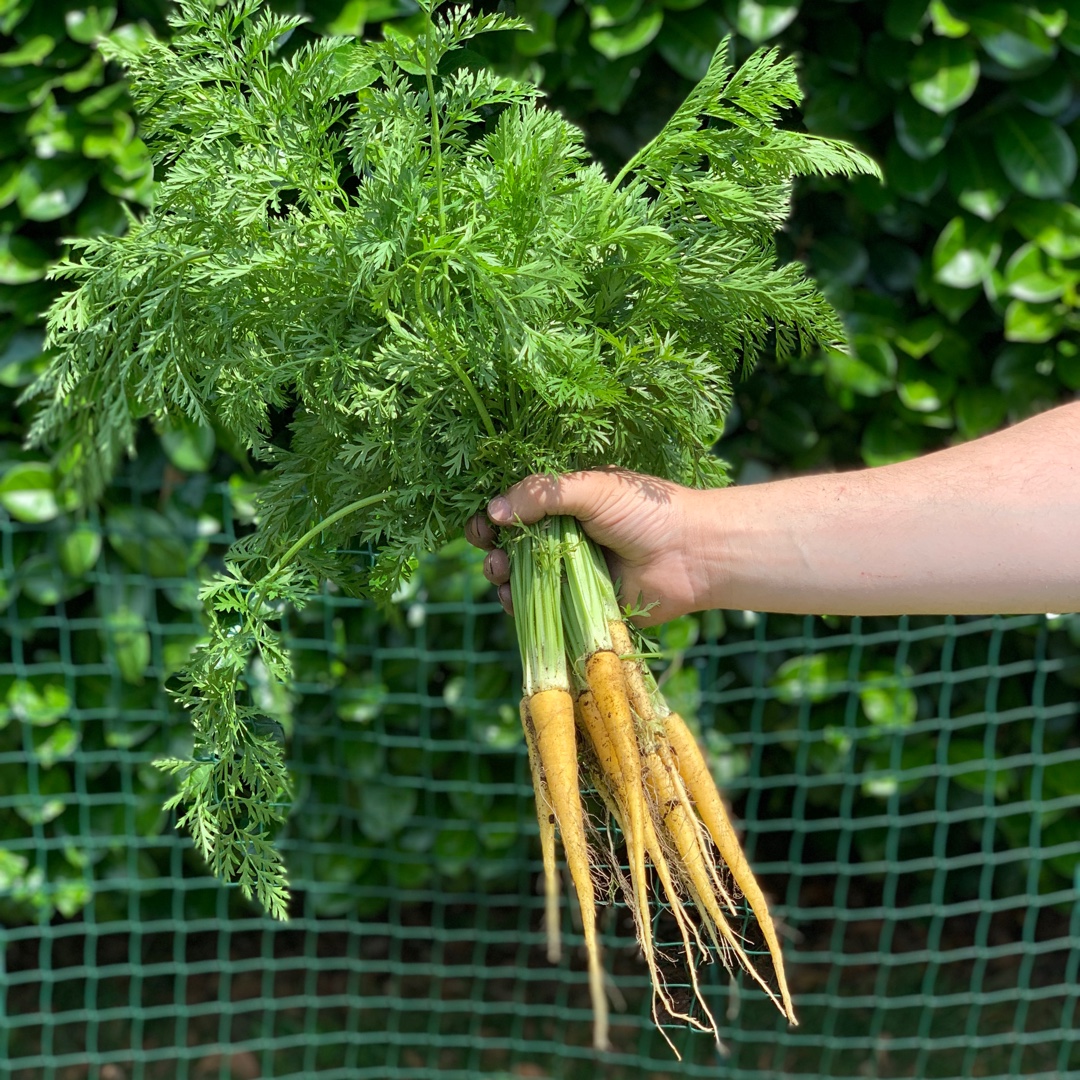
Daucus carota subsp. sativus 'Solar Yellow', Carrot 'Solar Yellow' in GardenTags plant encyclopedia
Daucus carota, yang nama umumnya termasuk wortel liar, sarang burung, renda uskup, dan renda Ratu Anne (Amerika Utara), adalah putih,. Seperti wortel yang dibudidayakan, akar D. carota dapat dimakan ketika masih muda, tetapi dengan cepat menjadi terlalu berkayu untuk dikonsumsi. Bunga-bunga terkadang terkelupas dan tergoreng.
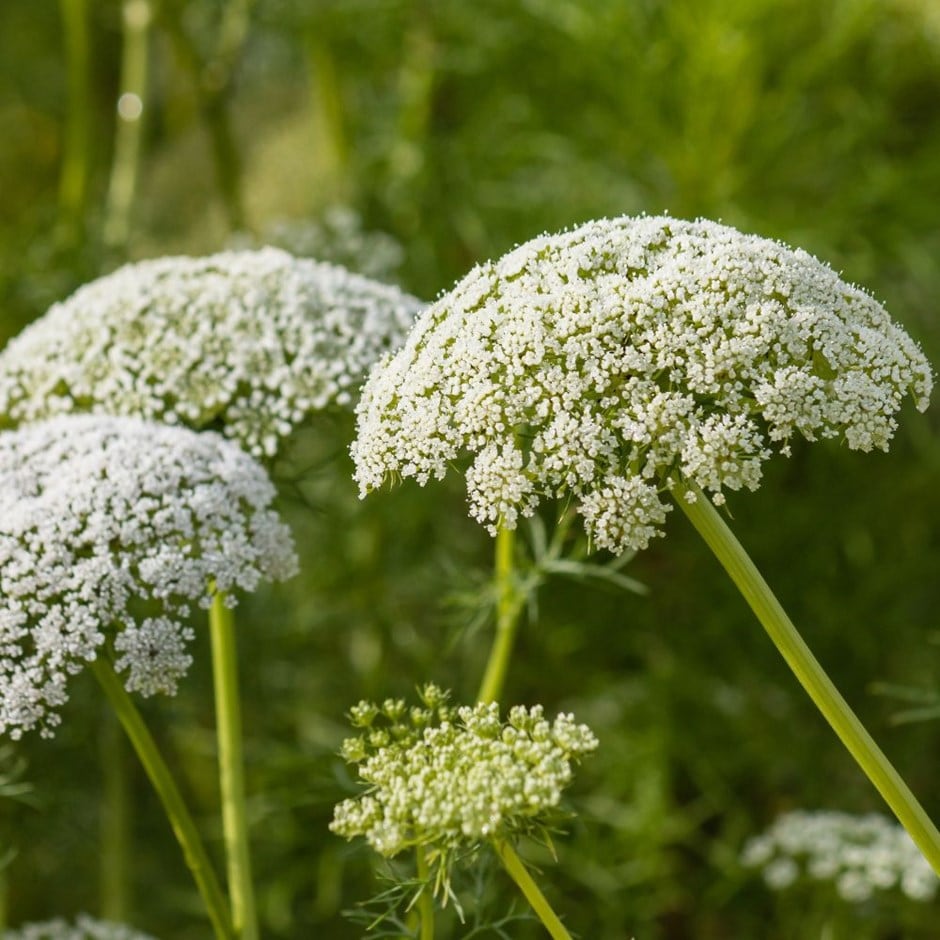
Buy wild carrot Daucus carota £1.89 Delivery by Crocus
Tanaman Wortel (Daucus carota L.) berasal dari Asia Timur dan Tengah yang memiliki iklim sub-tropis. Tanaman Wortel berbentuk semak (perdu) yang tumbuh tegak dengan ketinggian antara 30 cm-100 cm.. Akar Wortel. Pertumbuhan akar tunggang mengalami perubahan bentuk seiring berlalunya waktu yang akhirnya menjadi tempat penyimpanan makanan.
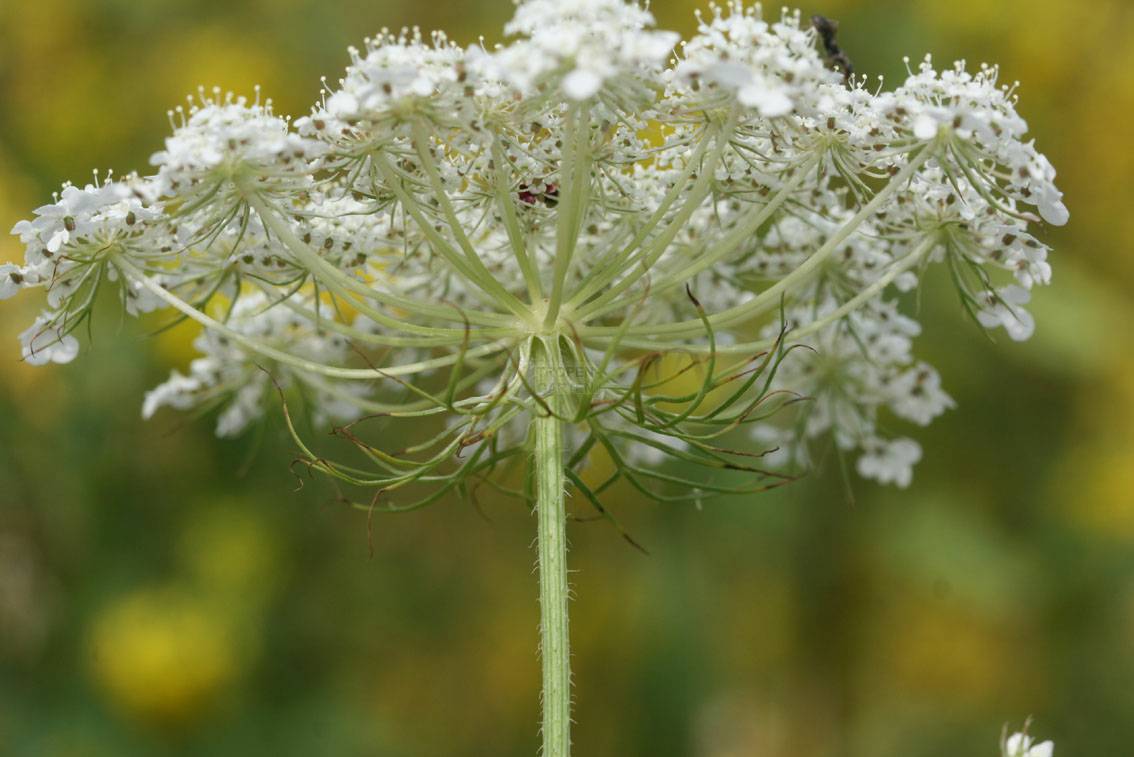
Daucus carota
Carrots (Daucus carota L.), among the most important root vegetables in the Apiaceae family, are cultivated worldwide. The storage root is widely utilized due to its richness in carotenoids.

Daucus carota subsp. sativus (Carrot, Carrot Flower, Carrots, Garden Carrot) North Carolina
Cultivated carrot (Daucus carota subsp. sativus) is the most important member in the Apiaceae family in terms of economy and nutrition and is considered the second most popular vegetable in the world after potato.Despite its global importance, the systematics of Daucus remains under active revision at the species, genus, and subtribal levels. The phylogenetic relationships among the species of.

Wild Carrot Daucus carota North Carolina Extension Gardener Plant Toolbox
The cultivated carrot (Daucus carota L.) is one of the most important vegetable plants in the world because of its high yield potential and use as fresh or processed product. With an annual world production (carrots and turnips) of >428 million tons and a total growing area of about 11.5 million hectares [ 2 ], carrots rank among the top 10.
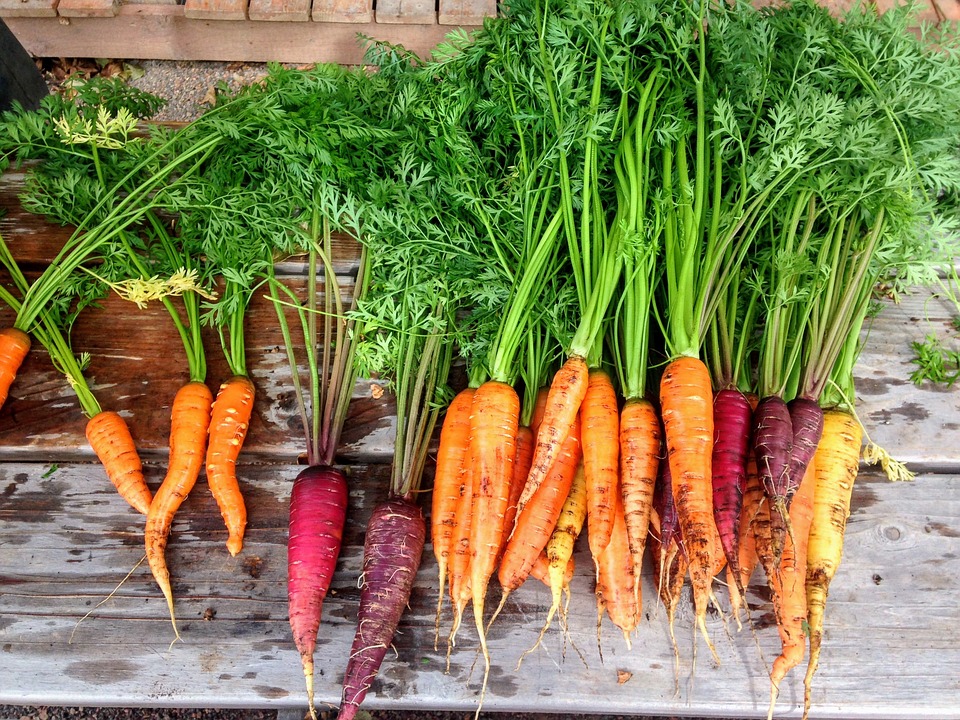
Carota Daucus carota Coltivazione e Varietà
Daucus carota, whose common names include wild carrot, European wild carrot, bird's nest, bishop's lace, and Queen Anne's lace (North America), is a flowering plant in the family Apiaceae.It is native to temperate regions of the Old World and was naturalized in the New World.. Domesticated carrots are cultivars of a subspecies, Daucus carota subsp. sativus.
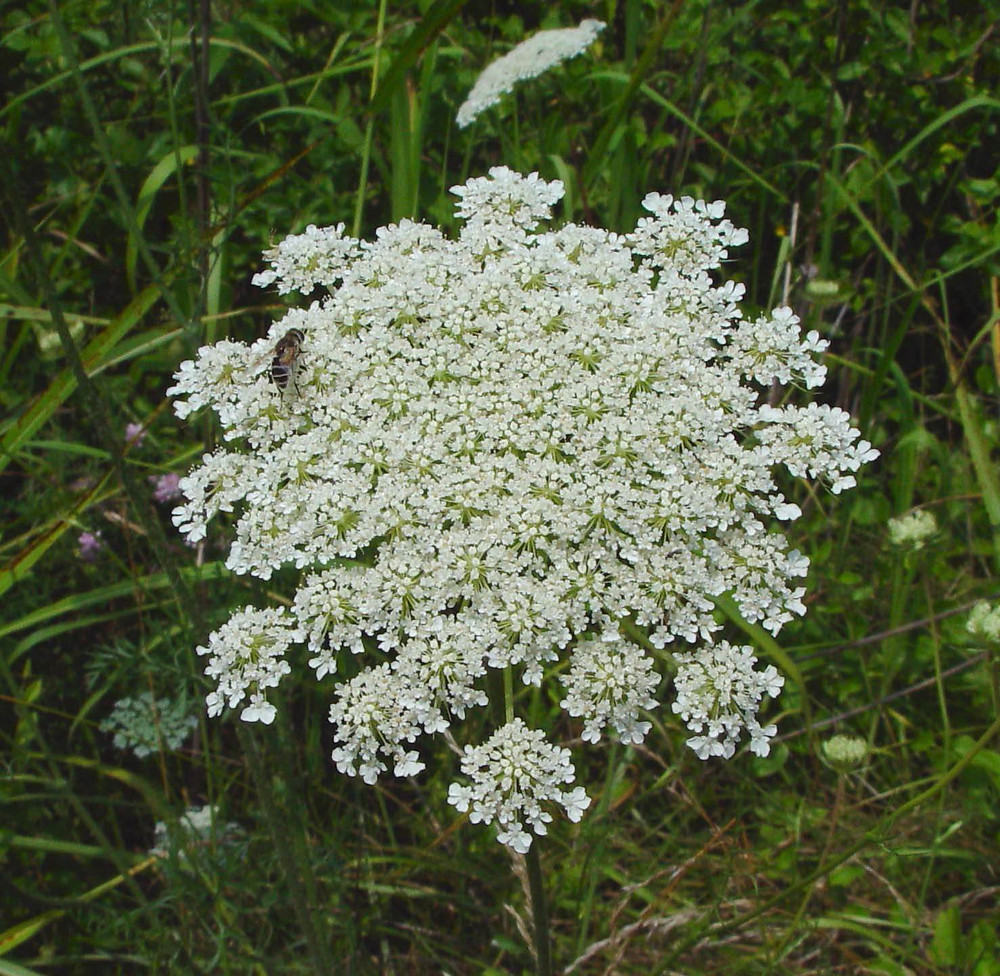
Daucus carota (wild carrot) Go Botany
Daucus carota L., a member of the Apiaceae family, comprises 13 subspecies, with one being cultivated (D. carota L. ssp. sativus (Hoffm.) Arcang.) and the remaining being wild. Traditionally, the wild carrot has been recognized for its antilithic, diuretic, carminative, antiseptic, and anti-inflammatory properties and has been employed in the treatment of urinary calculus, cystitis, gout.

Plantas e suas caracteristicas Cenoura (Daucus carota)
Daucus carota L., a member of the Apiaceae family, comprises 13 subspecies, with one being cultivated (D. carota L. ssp. sativus (Hoffm.) Arcang.) and the remaining being wild. Traditionally, the wild carrot has been recognized for its antilithic, diuretic, carminative, antiseptic, and anti-inflammatory properties and has been employed in the treatment of urinary calculus, cystitis, gout.
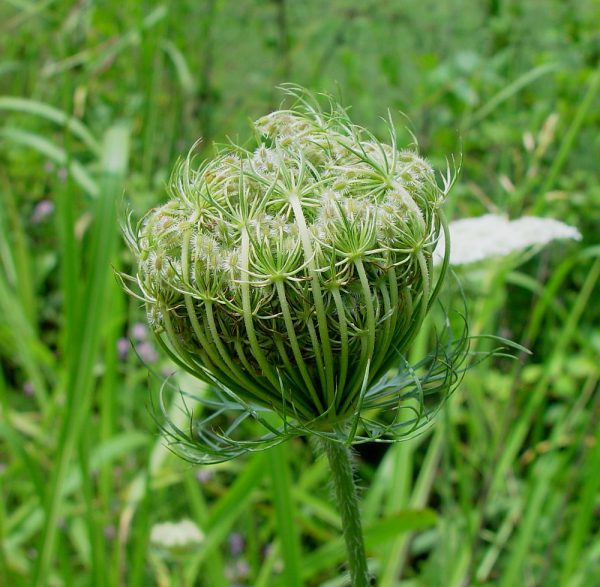
Buy Daucus carota Carrot, Karattu, Kyarattu, Manjamullanki, Carrot, Bee’s nest, Daukeplant
Burkill HM. (1995). The useful plants of west tropical Africa, Vols. 1-3. The useful plants of west tropical Africa, Vols 1-3. Cámara-Leret, R., & Dennehy, Z. (2019). Information gaps in indigenous and local knowledge for science-policy assessments. Nature Sustainability 2:736-741.

Daucus carota (wild carrot) Go Botany
The New York Flora Atlas is a source of information for the distribution of plants within the state, as well as information on plant habitats, associated ecological communities, and taxonomy. In addition, users can learn about the location of vouchered specimens and see images to get a better visual for each plant.

Wortel (Daucus carota, Linn.) Mazruu'aatun Syifaa'
Carrot (Daucus carota subsp. carota L.; 2n = 2x = 18) is a globally important root crop whose production has quadrupled between 1976 and 2013 (FAO Statistics; see URLs), outpacing the overall rate.

Daucus carota subsp. sativus (Carrot, Carrot Flower, Carrots, Garden Carrot) North Carolina
How to Grow Queen Anne's Lace. Hardy in Zones 3 to 9, Queen Anne's lace is a tolerant, easy biennial to grow. It thrives in low humidity and moderate temperatures. Plant in full sun for loads of lovely, large white flower clusters. Partial shade is okay, but full shade will greatly decrease vigor.

carrot (Daucus carota ssp. sativus)
Wild carrot, also known as Queen Anne's Lace, was introduced to North America from Europe as a medicinal herb. The ancestor of the cultivated carrot, wild carrot is also edible when young, but the root rapidly grows woody and fibrous with age.